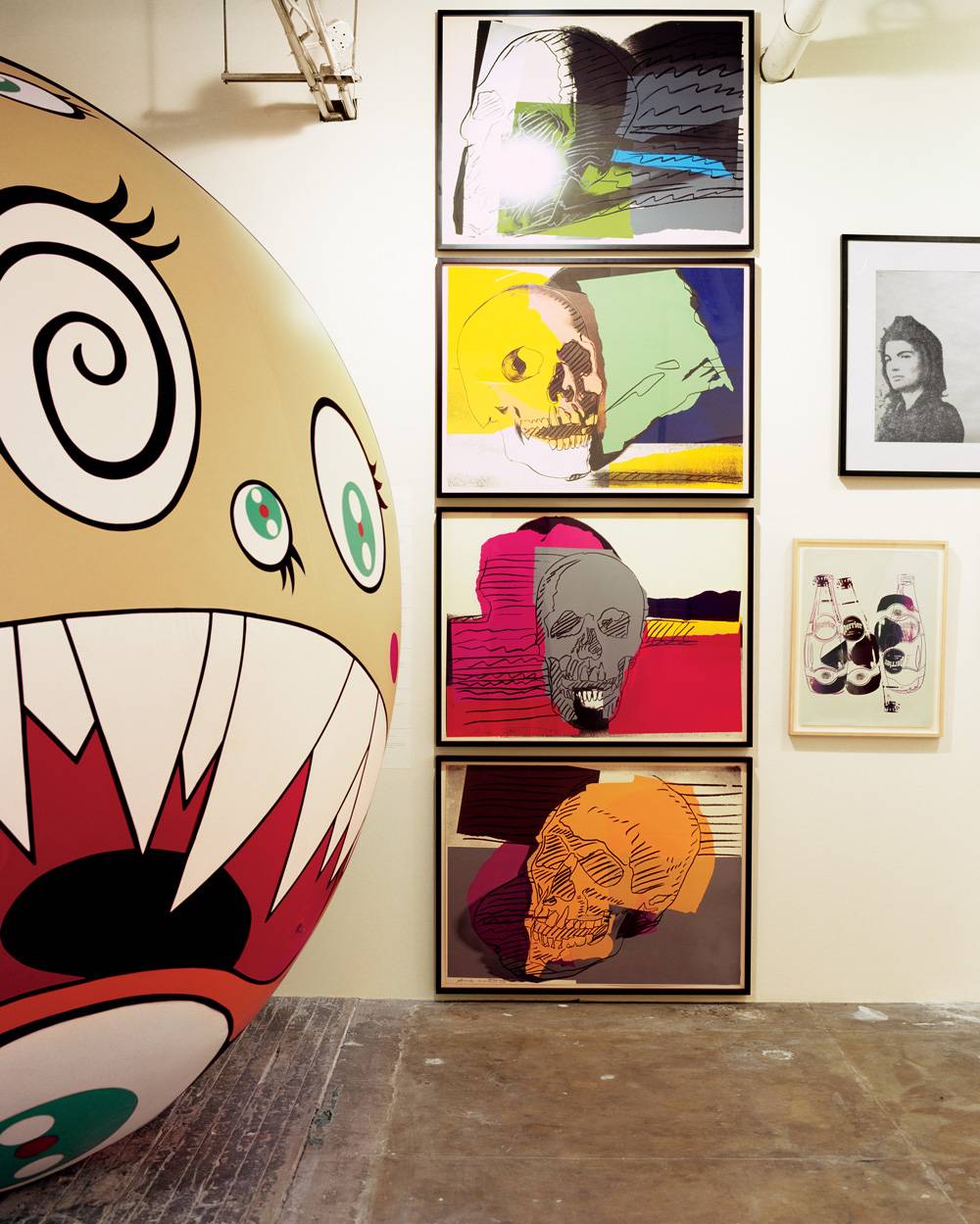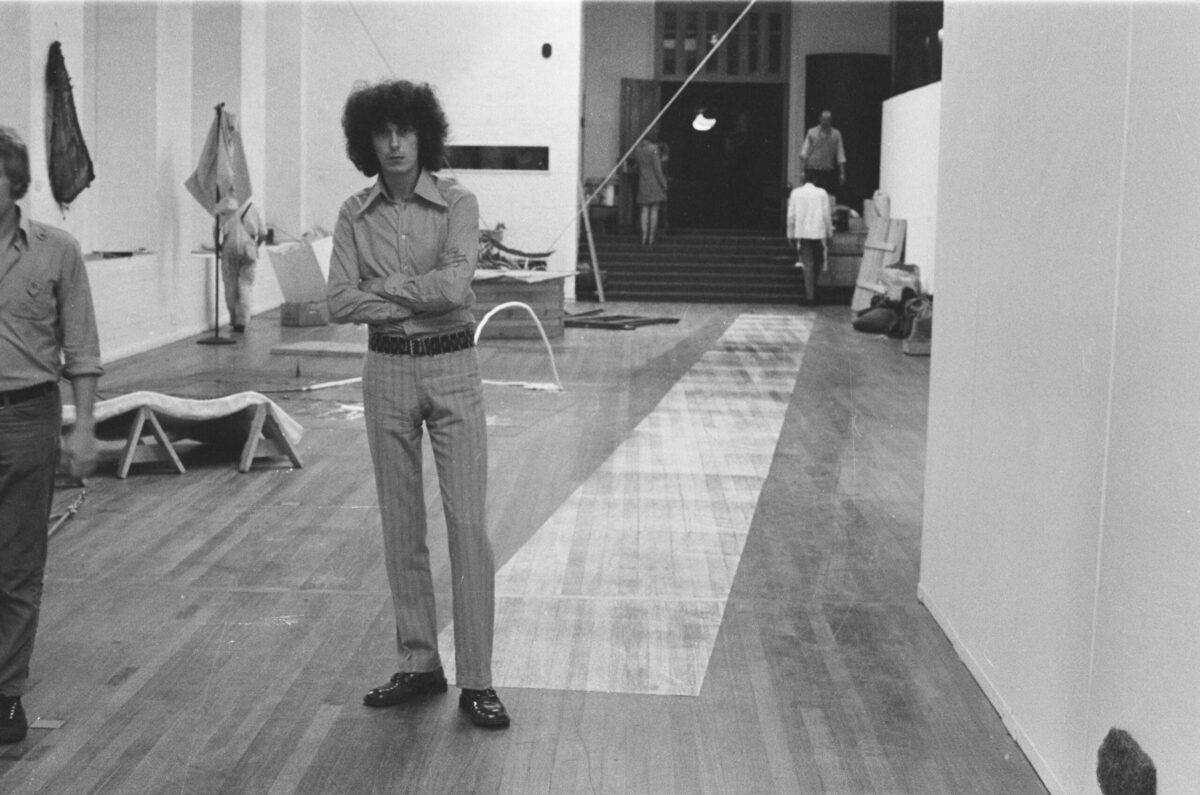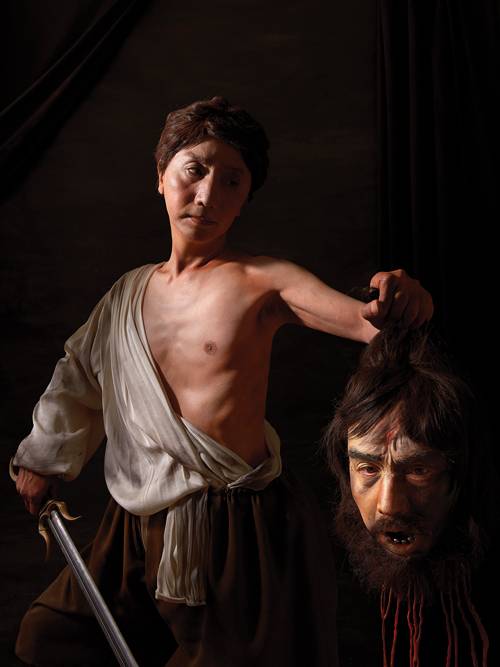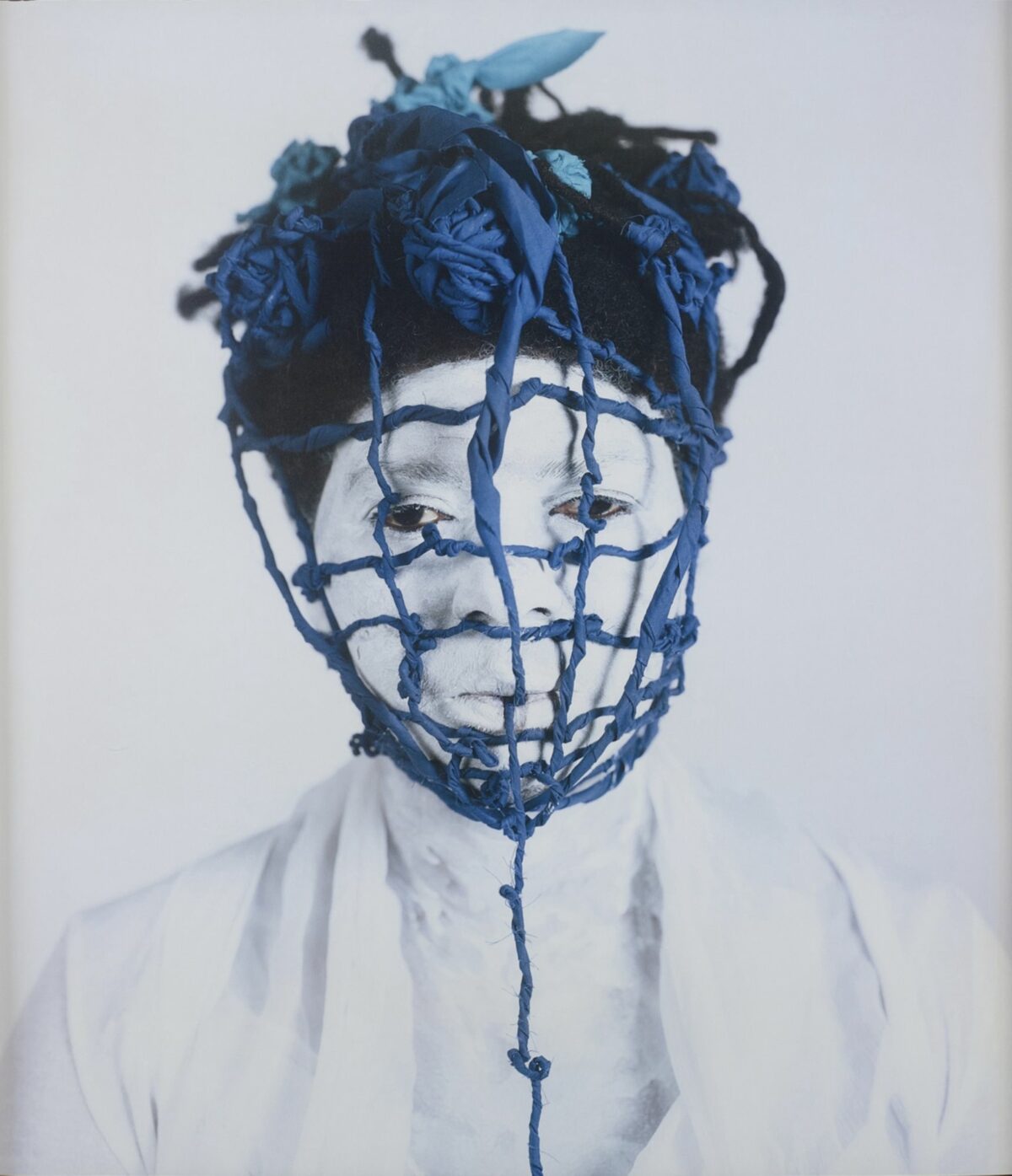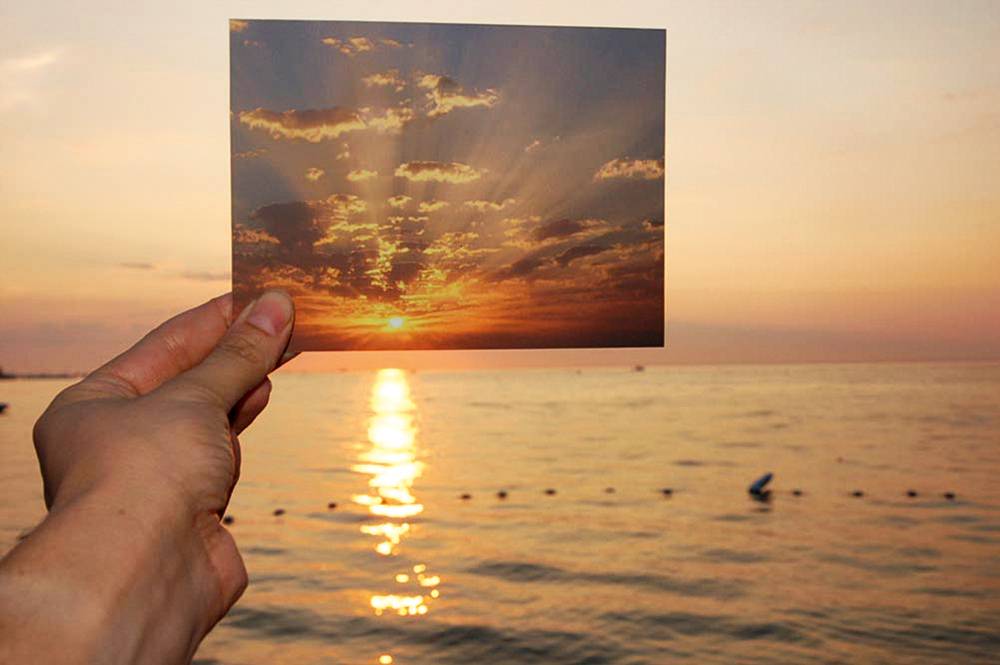If Vivian Maier had not existed, it would have been necessary to invent her. She does seem to be a kind of invention, created perhaps by the genre of street photography itself. Take our cover image, from 1953: Isn’t it something from Cartier-Bresson’s archive, or maybe Saul Leiter’s? That’s Riverside Park in New York, isn’t it, or maybe somewhere in Paris? By now all of America—and increasingly other parts of the globe—have taken up the story of this Chicago nanny with a secret life, a Garry Winogrand among domestics, unrecognized in life, as compulsive and reticent about her obsession as Chicago’s other great Outsider, Henry Darger. John Maloof, a real estate agent and eBay entrepreneur, discovered 100,000 of her negatives and prints when he bought at auction the contents of a storage locker just after her death in 2009. Jeffrey Goldstein, a Chicago-based artist and cabinetmaker, separately acquired some 15,000 of her negatives. Very little of the film had been processed, much less printed, and Maloof has set up an archive to promote its investigation and dissemination. There is a host of opportunities to see what is only the tip of this vast iceberg: Howard Greenberg Gallery, which is working with Maloof (through January 28), Steven Kasher Gallery, which is working with Goldstein (through February 25), Merry Karnowsky Gallery in Los Angeles (through January 28), Jackson Fine Art in Atlanta (January 27-April 7) and Monroe Gallery in Santa Fe (February 3- April 22). There is also a new book, Vivian Maier: Street Photographer(powerHouse).Greenberg hesitated at first because there were so few vintage prints, such a tenuous link to the photographer’s intentions, but, as he says, “her story is completely infectious.” For Kasher, it was the fascination of an artist who, for the most part, never saw her own work. Like Winogrand at the end of his life, it was enough for her just to take the pictures. “From what we do see, she had great range and a voracious eye,” he says. Her tremendous appeal may be less about her distinctiveness than her typicality, her uncanny ability to sum up all that the street was. What’s more, she speaks in the tongues of the canonized saints, so we find Cartier-Bresson and Helen Levitt, Walker Evans and Berenice Abbott, Harry Callahan and Lisette Model, and, yes, Winogrand. When she uses the city as a backdrop for stylish women, it’s Lillian Bassman and Irving Penn. That hot flash capturing the cops dragging the bum up Third Avenue? She beat Weegee to the punch. Maier read magazines and had a collection of photo books, and she seems not to have studied them but channeled them. She also took many self-portraits using the tropes of reflection and refraction that we associate with Lee Friedlander. These images are the most revealing of all. They show us a determined woman with a Rollei, a woman who imagined herself as one thing and one thing only, not a nanny or a mother or a wife but a photographer.
Categories



